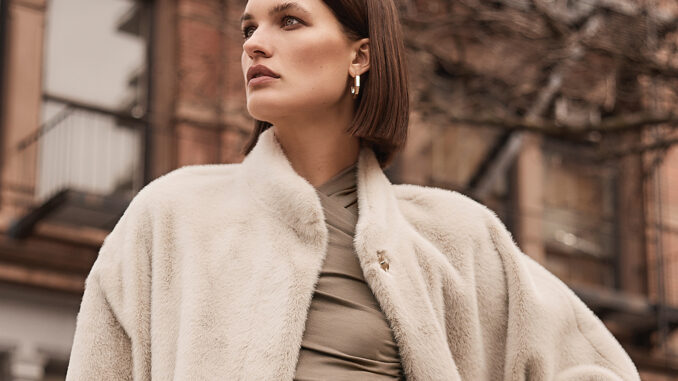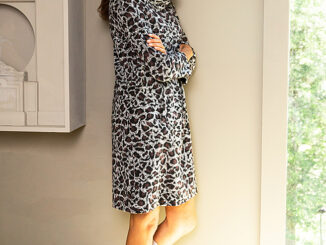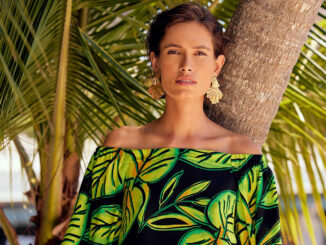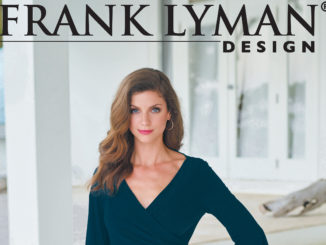
We have all experienced sticker shock recently due to rising costs across the board. We have created a culture of disposable, low-quality clothing. Smart shoppers invest in high-quality clothing that looks good and lasts longer. When “the cost per wear” factor is applied, higher-priced clothing wins out and is far cheaper in the long haul. It used to be easy to differentiate good clothes from inferior. Certain brands denoted luxury. But in this age of internet shopping and designer brand outlet clothing, customers are fooled into spending more for less. The following are details to look for in well-made garments:
1)The Hand
The hand of the fabric is a fashion term used to describe how the fabric feels. Is it soft and silky or stiff and scratchy? The biggest difference in high-end designer clothing and cheap knock-offs is the fabric. Better quality textiles hold their shape better and last longer than their cheaper counterparts.
2) The Fabric
Always check the fabric content. One of the most “abused” fabrics is cashmere. Just because a sweater is advertised as cashmere does not mean it is 100% cashmere. J. Crew, for example, will make a sweater in 100% cashmere for its collection line, a similar sweater in cotton and cashmere blend for its main line, and a cotton version for J. Crew outlet stores. Don’t be fooled into paying extra for cheaper fabrics. Know your textiles.
3) Seams/Hems
Look at the seams of any garment you are considering purchasing to make sure they lay flat and do not pucker. Flip the garment inside out and look how the seams are finished. Unfinished seams are a sign of poor quality. Most clothes you purchase in stores are sewn together with a serger. A serged seam works fine for knit (stretchy) fabrics, but garments made of woven (non-stretchy) fabrics will have finished seams and hems. French seams, flat-felled seams and bound seams are the true mark of high quality. A good hem improves the drape of a garment. Some designers add a chain at the hem to ensure the perfect fit.
4) Matched Patterns
One reason high-quality garments cost more is it simply takes more fabric to match patterns at seams. Matched patterns are important because bold designs, like plaids, stripes and florals, can be figure-flattering or not so good. A large-scale print can make you look taller and thinner, but poorly matched patterns can make you look dumpy.
5) Facings/Interfacing
Facings and interfacings help clothing maintain its shape and last longer. Facings hide the raw edge of a seam and provide extra support and structure for the garment. Grosgrain ribbon is lovely way to face the button band on sweaters and jackets. The ribbon keeps the band from drooping and stretching out from the weight of the buttons. Interfacing is the piece of material between the fabric and the lining of a garment. It is used to add structure to collars, cuffs, and waistbands.
6) Linings
Lined clothing can be good or bad. It can be used to hide inferior tailoring. Keep in mind not every garment needs a lining. In heavier fabrics, an extra piece of fabric can add warmth and help the garment maintain its shape. Look for unlined pieces for summer to stay cool. Make sure the lining lays smooth and allows you to move freely. It should act like a slip to ensure the garment is easy to take on and off without stretching.
7) Details
Remember it is the details that elevate clothing. Buttons are like jewelry for your clothes. An easy way to transform a garment is to simply change the buttons. Ribbon trim, binding, even zippers can set a garment apart.
In conclusion, it pays to educate yourself. I consider it a great compliment when customers tell me they are still wearing garments purchased from Pappagallo over the years. You save money when you invest in quality clothing that stand the test of time.
-by Nicki Smith
About the Author: Nicki Smith has been in the fashion industry for over 40 years. She is the owner of and buyer for Pappagallo, located at 2020 Scottsville Road in Bowling Green (The Pines Shopping Center, next to Chico’s).




